10 Tips for Planting Flower Bulbs in Fall for a Beautiful Spring Garden
Did you know that those beautiful flowering bulbs you enjoy each spring are planted in the fall? I’ll share 10 tips for planting flowering bulbs in the fall to set your spring garden up for success.
As summer turns into fall and our gardens lose their colorful blooms, it’s the perfect time to think ahead to a gorgeous spring garden.
One way to ensure that your garden bursts with color and beauty when spring arrives is by planting flower bulbs in the fall. You’re laying the groundwork in the fall season for your spring garden.
Whether you’re new to gardening or a seasoned pro, these tips will guide you in choosing the right bulbs and using the best planting techniques.

As an Amazon affiliate, I earn from qualifying purchases at no extra cost to you. My blog contains other affiliate links as well for your convenience. Click here to read my privacy policy.
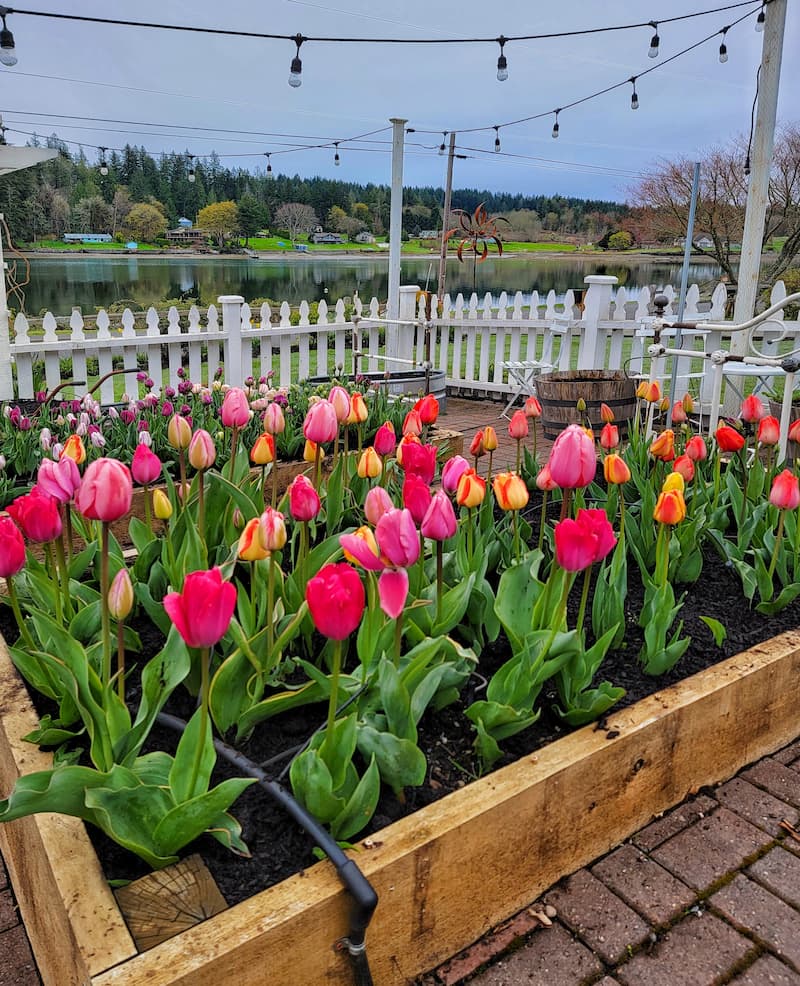
The Benefit of Fall Planting for Spring Flowers
Bulbs are underground storage organs packed with the potential for vibrant blooms. They consist of a variety of flowering plants, including tulips, daffodils, crocuses, and hyacinths.
The magic of bulbs lies in their ability to store energy and nutrients during one growing season and then burst forth with colorful flowers in the next.
So, why do bulbs work so well for fall planting? They can withstand harsh winter conditions so by planting in the fall, you provide these bulbs with ample time to establish strong root systems, ensuring they’ll be ready to bloom when the first signs of spring arrive.
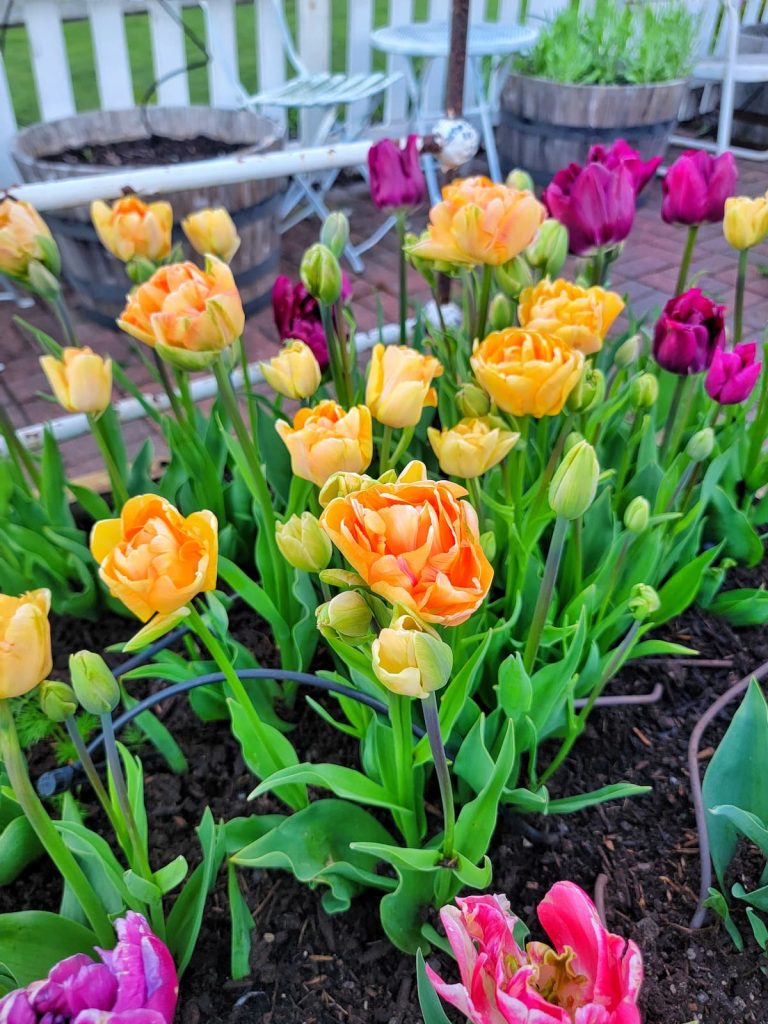
Many bulbs require a period of cold to break dormancy and kickstart their growth, making fall planting the perfect timing for this natural process.
When will you get to enjoy your spring-blooming bulbs? The answer varies depending on the type of bulb and your local climate, but generally, you can expect to start seeing them in early to mid-spring. With proper care and selection of different bulb varieties with staggered bloom times, you can extend the flowering period and enjoy a vibrant display that lasts throughout the season.
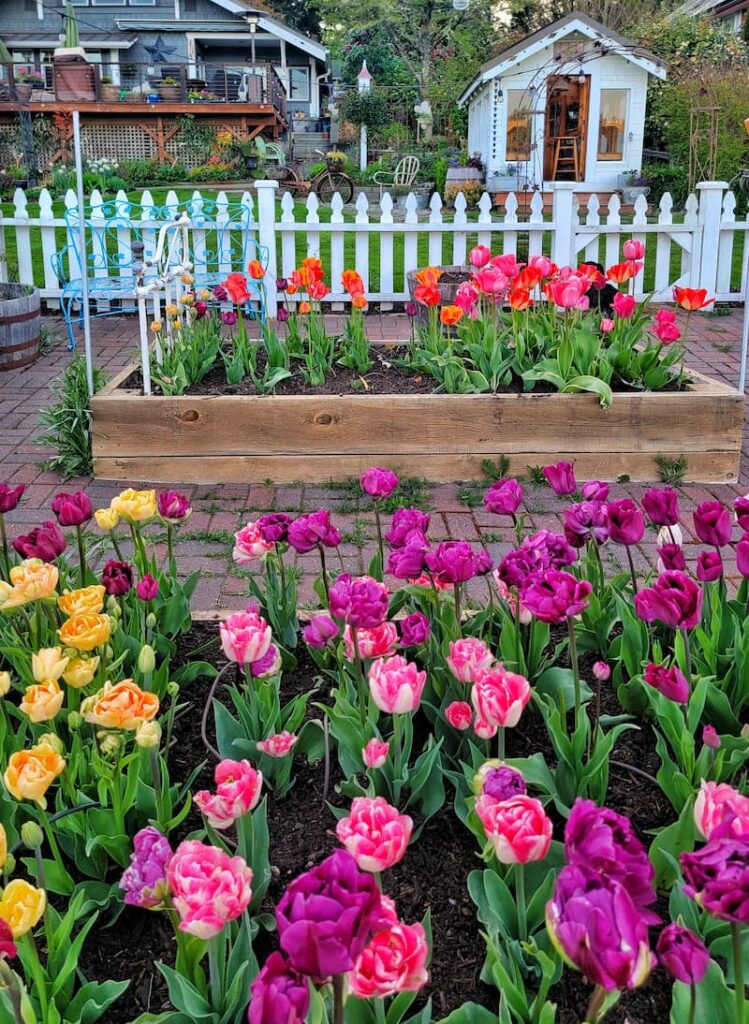
Which Bulbs to Plant in Fall for Spring
Planting spring-blooming bulbs in the fall is a time-honored tradition among gardeners, and it allows you to enjoy a burst of color in your garden as soon as spring arrives. Here are some popular spring-blooming bulbs that are typically planted in the fall:
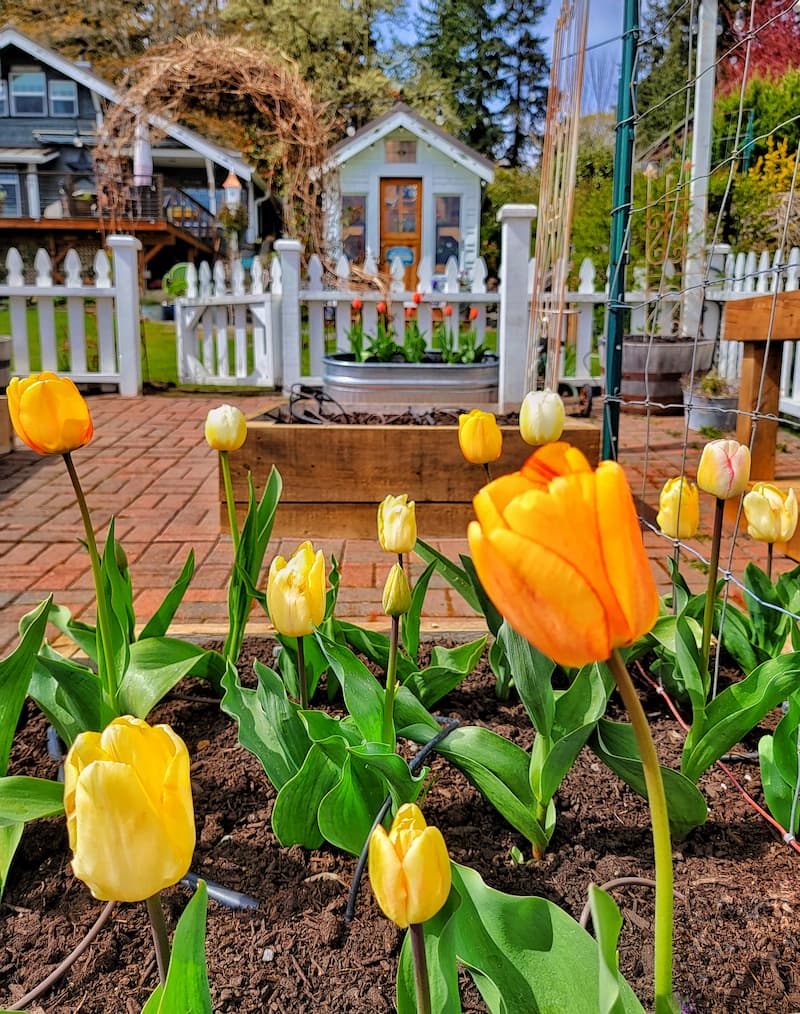
Tulips (Tulipa)
Tulips are a classic spring favorite, available in a wide range of colors, shapes, and sizes. They create vibrant displays in gardens, borders, and containers. Plant tulip bulbs in the fall at a depth of 6 to 8 inches.
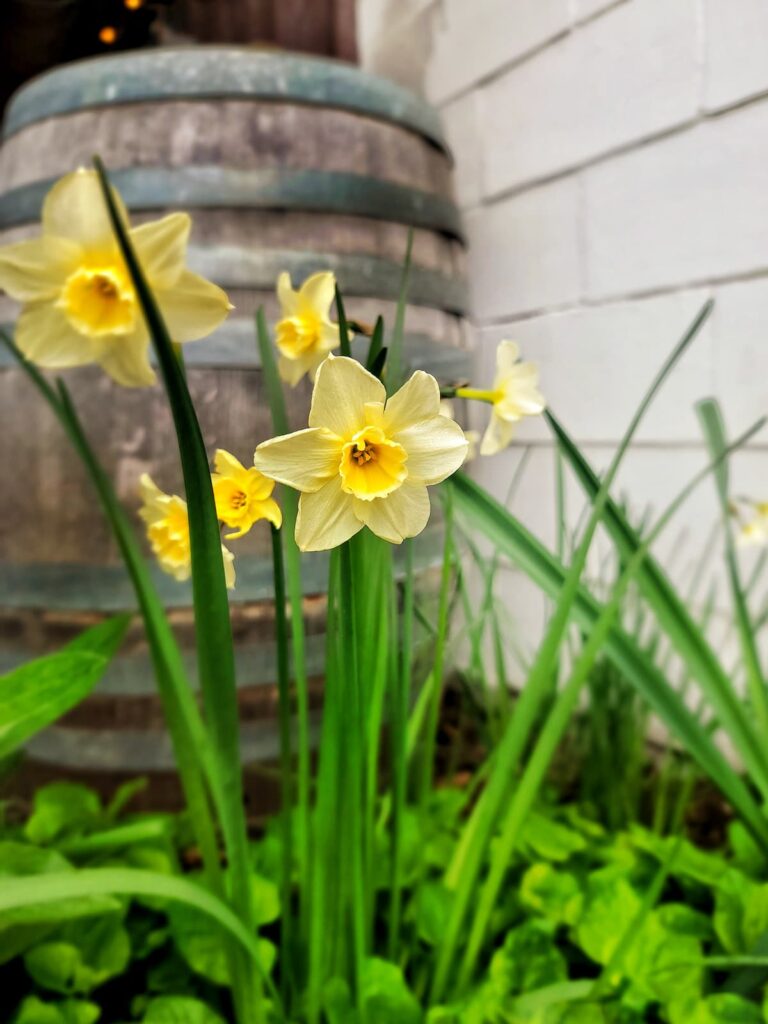
Daffodils/Narcissus (Narcissus)
Tulips are a classic spring favorite, available in a wide range of colors, shapes, and sizes. They create vibrant displays in gardens, borders, and containers. Plant tulip bulbs in the fall at a depth of 6 to 8 inches.

Hyacinths (Hyacinthus)
Hyacinths are known for their intensely fragrant, bell-shaped flowers that grow on sturdy spikes. They are available in a range of colors. Plant hyacinth bulbs in the fall at a depth of 4 to 6 inches.
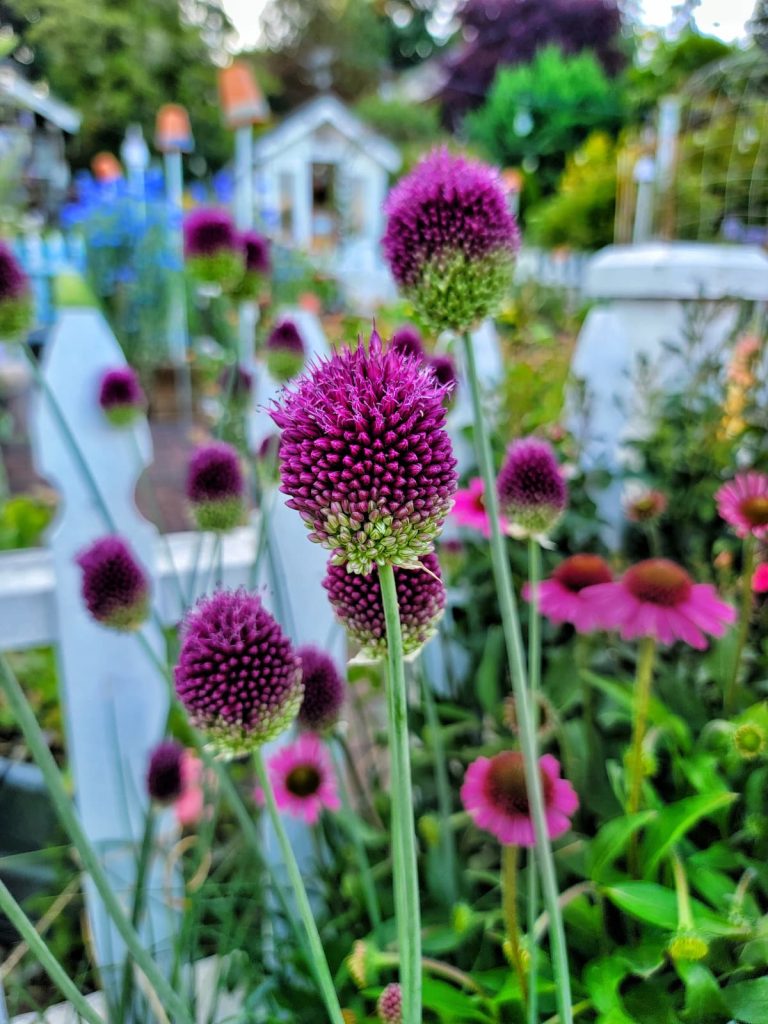
Alliums
These ornamental onion bulbs produce unique spherical flower heads in various sizes and colors. Alliums are great for adding structural interest to gardens. Plant allium bulbs in the fall at a depth of 3 to 4 times their diameter.
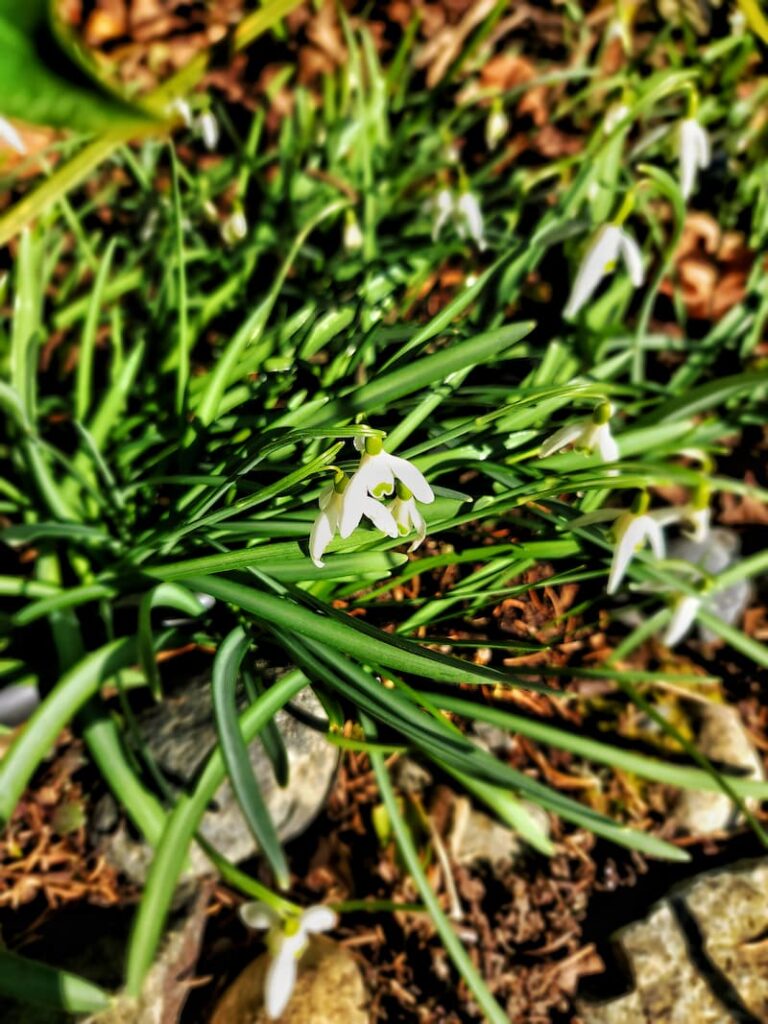
Snowdrops (Galanthus)
Snowdrops are small, delicate bulbs that produce nodding white flowers with green markings. They are one of the first bulbs to bloom in late winter or early spring. Plant snowdrop bulbs in the fall at a depth of 2 to 3 inches.
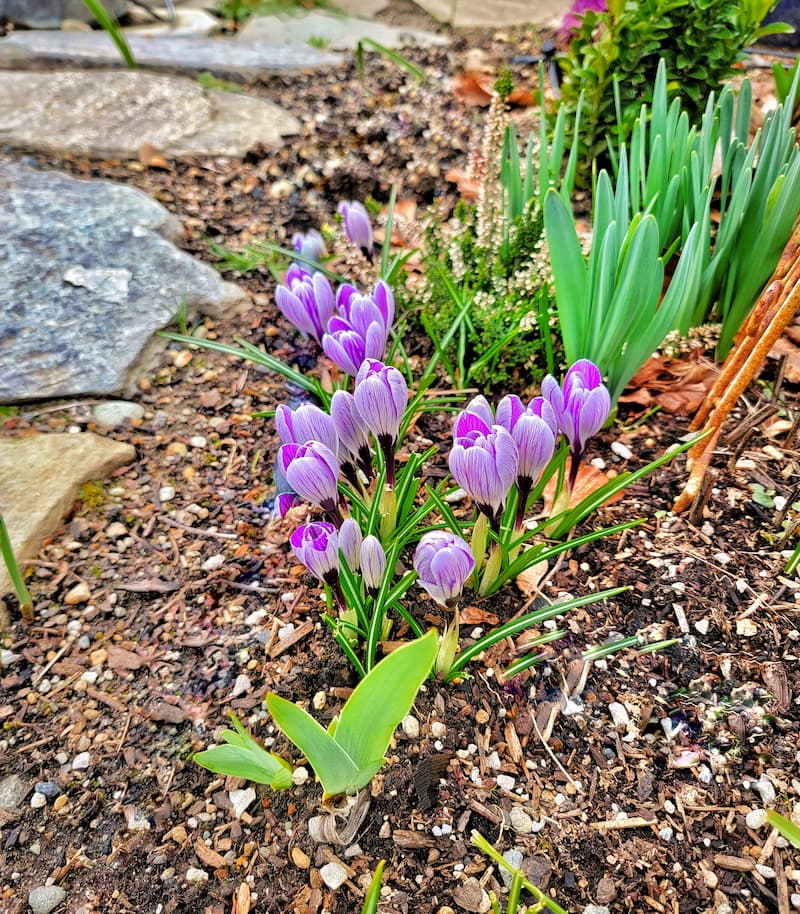
Crocuses (Crocus)
Crocuses are some of the earliest spring bloomers, often appearing while snow is still on the ground. They come in various colors and work well in lawns and rock gardens. Plant crocus bulbs in the fall at a depth of 3 to 4 inches.
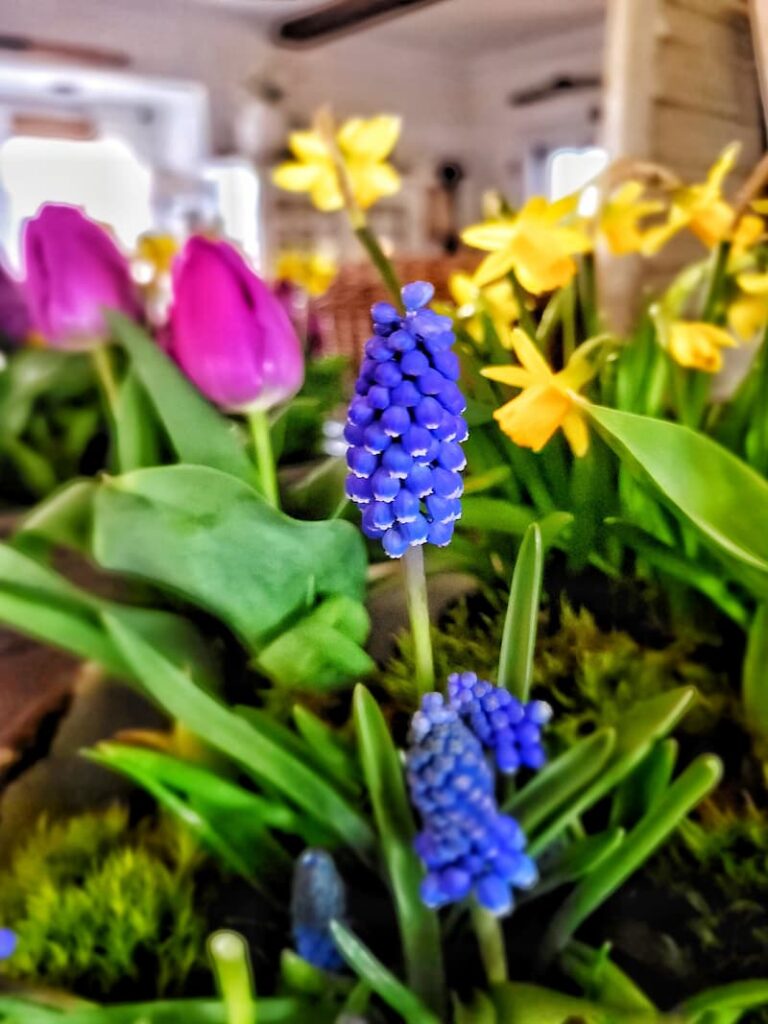
Grape Hyacinths (Muscari)
Grape hyacinths are known for their small, grape-like clusters of blue or purple flowers. They’re excellent for borders and rock gardens. Plant grape hyacinth bulbs in the fall at a depth of 2 to 3 inches.
Fritillarias
Fritillaria bulbs come in various species and cultivars, each with unique bell-shaped flowers. Some popular varieties include the Crown Imperial and Snake’s Head Fritillary. Plant fritillaria bulbs in the fall at varying depths depending on the species.
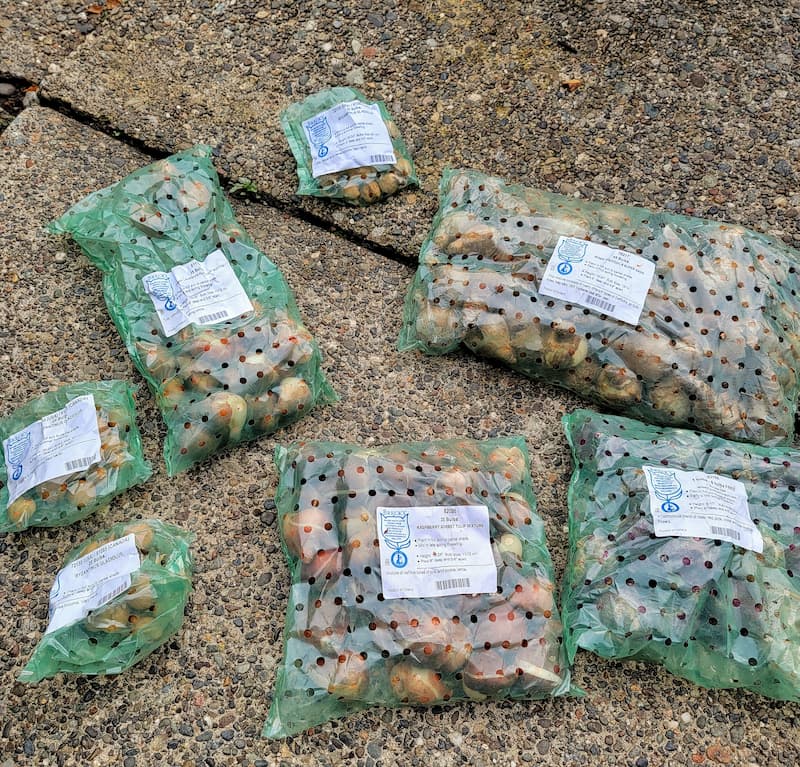
10 Tips for Planting Spring Bulbs in the Fall
Buy Bulbs at the Right Time
I don’t know about you but I am starting to see spring bulb availability as early as August these days. I’ve been told it’s because stores want to start focusing on holiday sales and need their gardening inventory sold first.
The way I see it is you have 2 choices…
NOTE: Many bulbs look the same so make sure you leave the bulbs in the original bag that you purchased them in so you don’t get the bulbs mixed up.
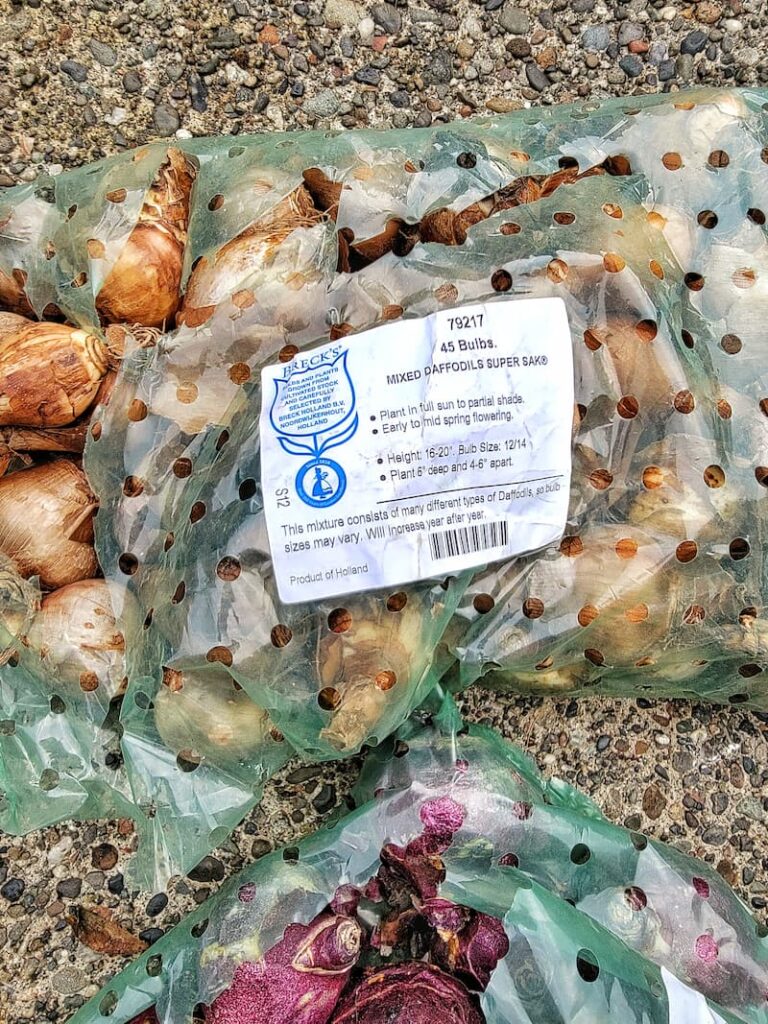
Buy Bulbs From a Reputable Store or Brand
Have you ever heard the phrase “You get what you pay for”?
It’s so important to buy the best bulbs from a reputable company, nursery, or garden center that has a proven track record for high-quality bulbs.
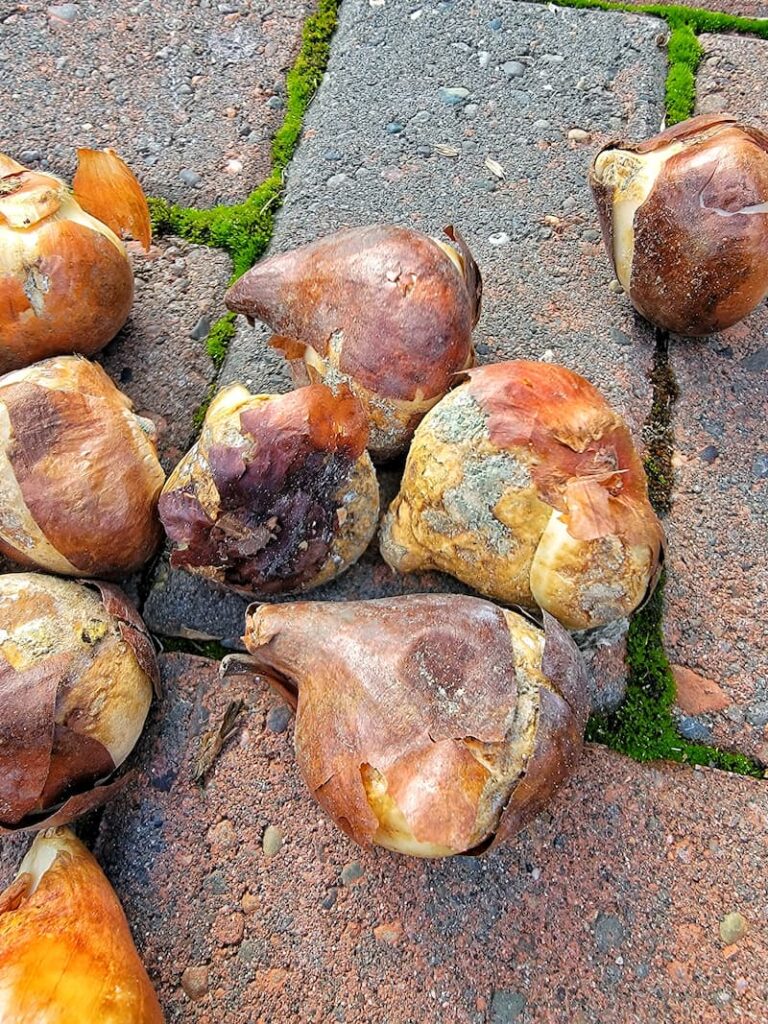
Inspect Your Bulbs Before Planting Them
ALWAYS inspect your bulbs before planting them. Look for bulbs that are plump and firm, and with no mold growing on them.
When it comes to ordering online, I have received at least one variety of moldy bulbs EVERY SINGLE time I’ve ordered them, and from most brands.
But by ordering with a brand you trust, they will guarantee their product and send out another shipment to you immediately if they’re not sold out or will give you a refund or merchandise credit.
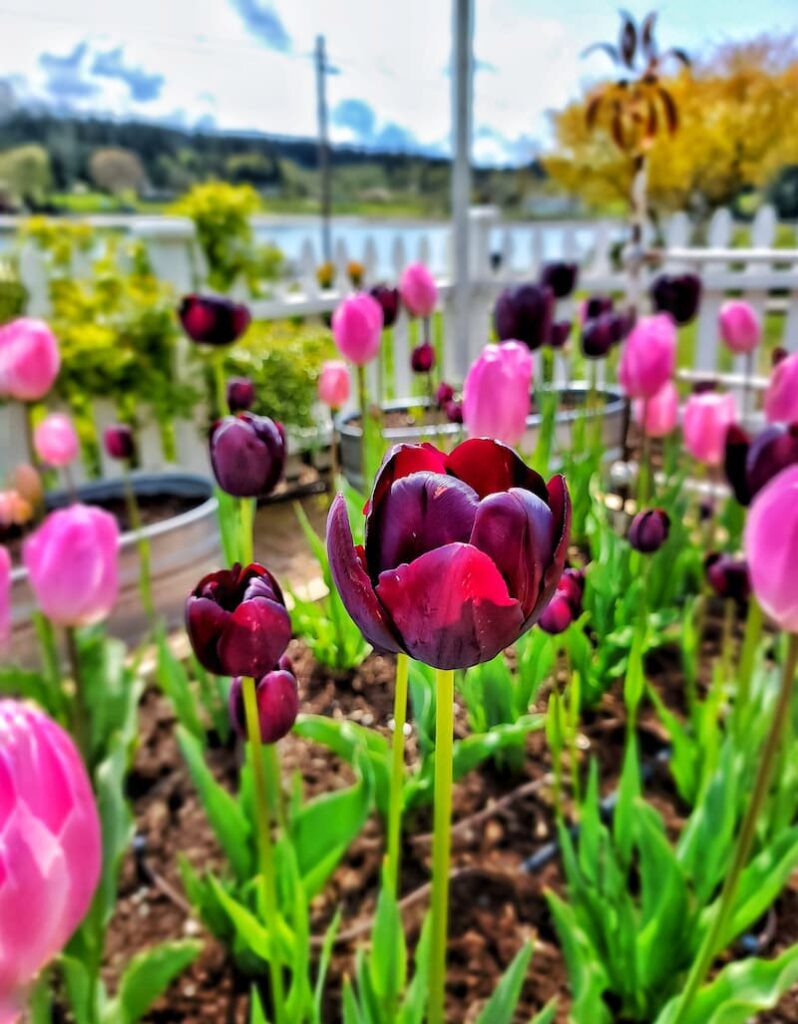
Choose Wisely Where to Plant Your Bulbs in the Garden
You know what they say…location, location, location!
Most spring flower bulbs do their best in full sun (at least 6 hours of direct sun a day) and well-drained soil. Always read the care instructions that come with the bulbs to understand how each variety should be planted and what conditions your bulbs need to thrive.
Take a look at any pictures of your previous spring garden. Look through your notes. Where are your bare spots in early spring that could use some beautiful blooms to brighten things up?
Bulbs don’t do well in soggy areas as they are prone to rotting so look for areas with good drainage.
Pay close attention to areas under deciduous trees, annual garden beds, and garden spaces that won’t see perennials yet this early in the year. These are great spaces for spring bulbs.
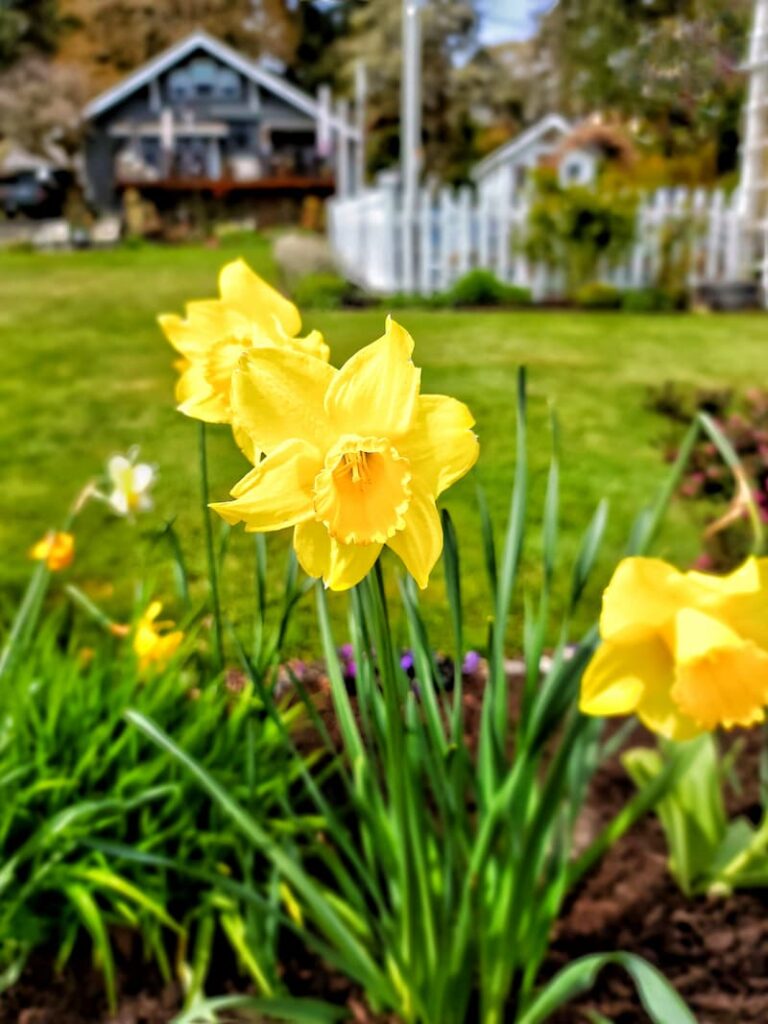
Plan an Exit Strategy for Spent Bulb Foliage
By planting your spring bulbs behind perennials, the spent bulb’s foliage that has to basically die back in place can be hidden once the perennial plant emerges for the season.
“Spent bulb foliage” refers to the leaves and stems of spring-flowering bulbs that have completed their growth cycle for the current season and are now in a state of decline. It is a term commonly used in gardening and horticulture to describe the condition of bulb foliage after the bulbs have finished flowering.
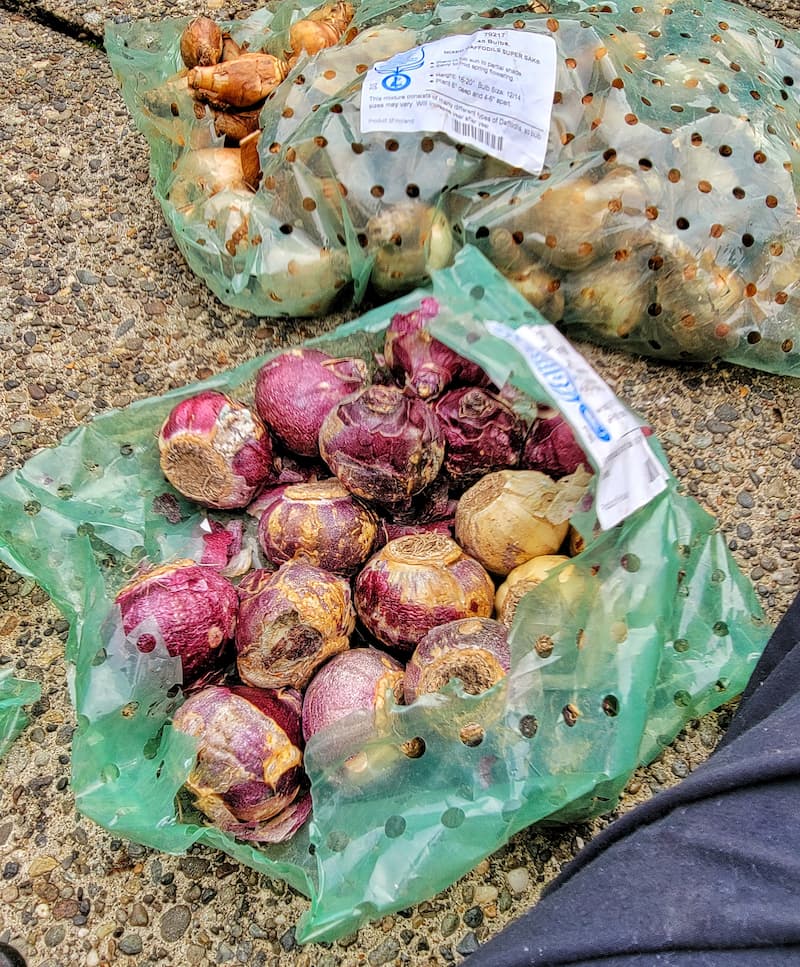
Know When to Start Planting Flower Bulbs in Fall
How Late Can You Plant Spring Flowering Bulbs?
The best time for planting spring bulbs is up until the ground is frozen.
Ideally, try to plant your spring bulbs when the evening temperatures are between 40-50°F. or about 6 weeks before any danger of frost or the ground freezes, when the temperatures are cool. I’m in USDA hardiness zone 8b so I usually plant spring bulbs starting early fall through late October.
Most spring bulbs need adequate chill time to bloom, so if you live in an area where the ground doesn’t freeze, you’ll need to chill them.
Leave the bulbs in the original bag they were bought in, and put that bag in a paper lunch bag. Place them in the refrigerator for 6-10 weeks before planting. Make sure that you don’t store bulbs with fruit since the gasses they give off can make your bulbs go bad.
Timing is everything! If you plant the bulbs too early they won’t bloom. If they are planted too late in the fall season their roots will not establish.
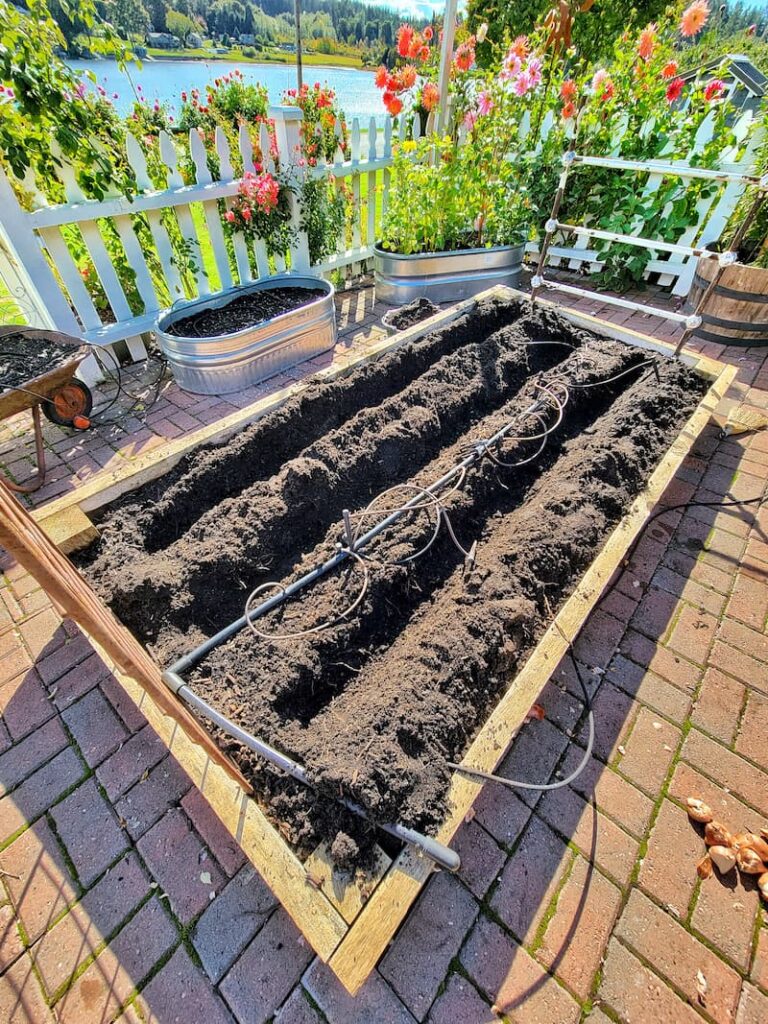
How to Plant Spring Bulbs in the Fall
Prepare the Soil
For the best results in the following spring, prepare your garden bed before planting your flower bulbs this fall. Remove weeds and loosen the soil.
Add compost or organic matter to the soil for nutrients before you plant the bulbs. I add peat moss for drainage as well. Soggy soil or overwatering will cause the bulbs to rot.
Add a Layer of Mulch to the Soil
Adding a 2-3 inch layer of mulch on top of the soil is beneficial to grow bulbs.
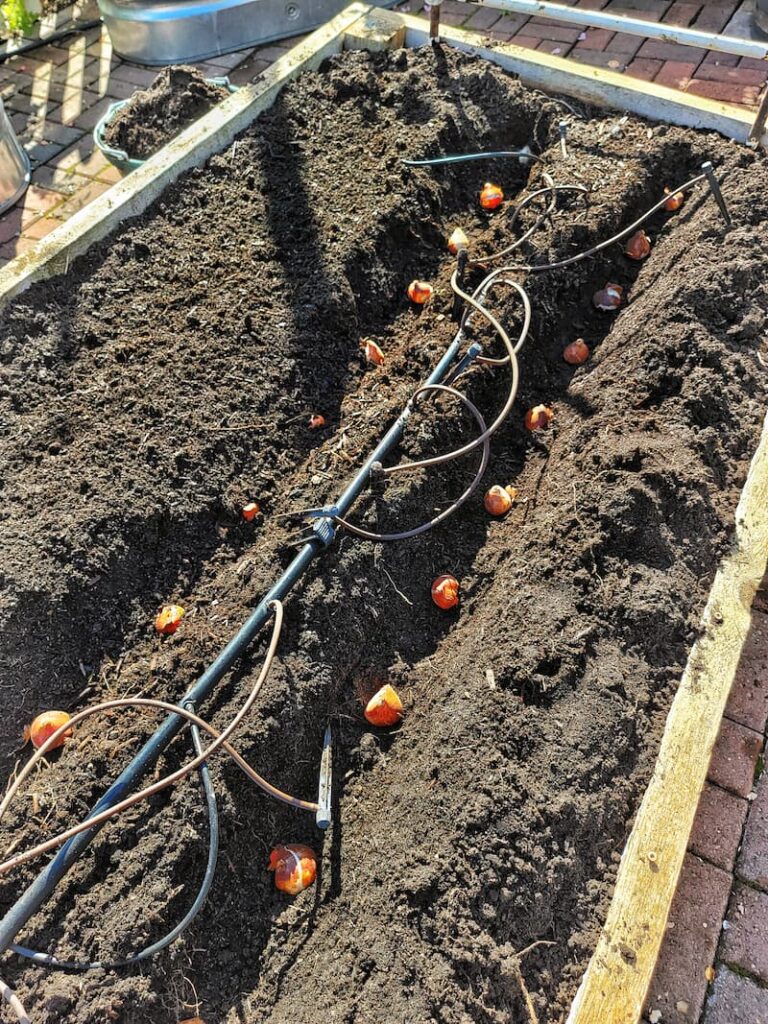
How Deep to Plant Spring Bulbs
Planting instructions should come with your bulbs, including how deep to plant them. But if you don’t have any, the general rule of thumb is to dig the hole 2-3 times deeper than the bulb is tall. (a 3-inch-tall bulb would need a hole 6-9 inches deep).
You can use a hand shovel, shovel, or bulb planter to dig the holes. An auger is a great tool for digging bulb holes as well. Or how about this tool…ProPlugger 5 in 1?
If you plant the bulbs too deep they may either bloom late or not at all. If they are not planted deep enough the bulbs can become exposed too soon and risk damage by the cold temperatures.
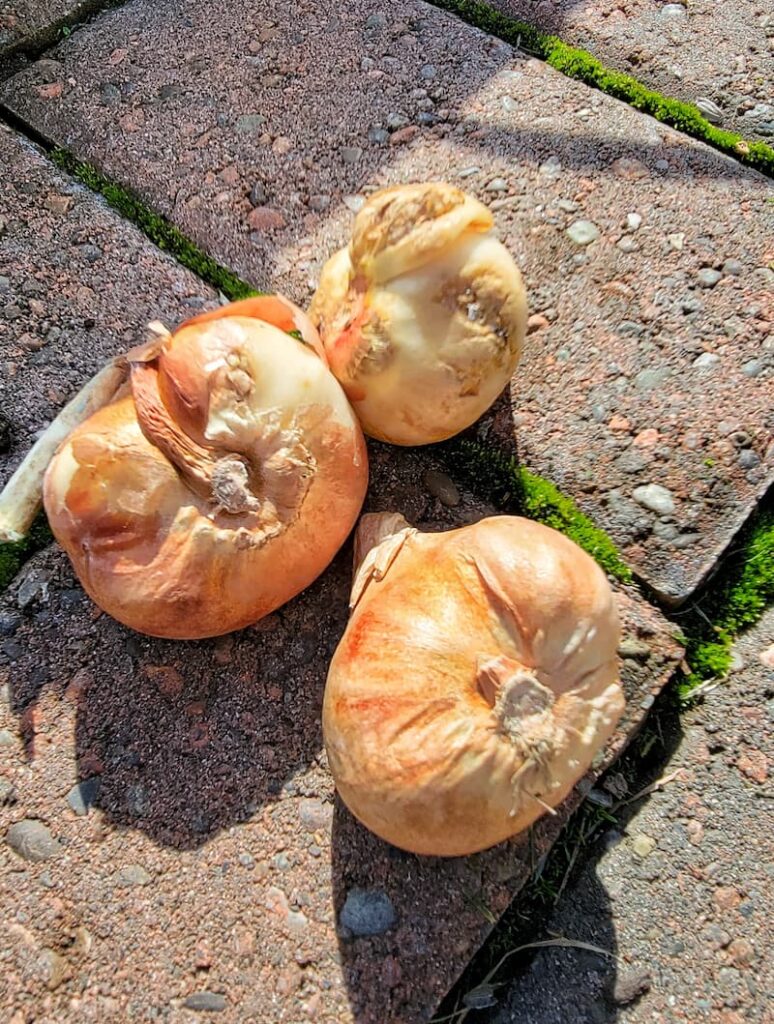
Place the Bulb Pointy-Side Up
When planting flower bulbs this fall, if the bulb has a pointed end, it’s safe to say that this is the side that faces up. If you don’t see a pointy side, just look for the end where the roots come out. That’s the end that goes into the ground first.
The good news is, even if you get it wrong the bulb will most likely find its way through the soil once spring comes.
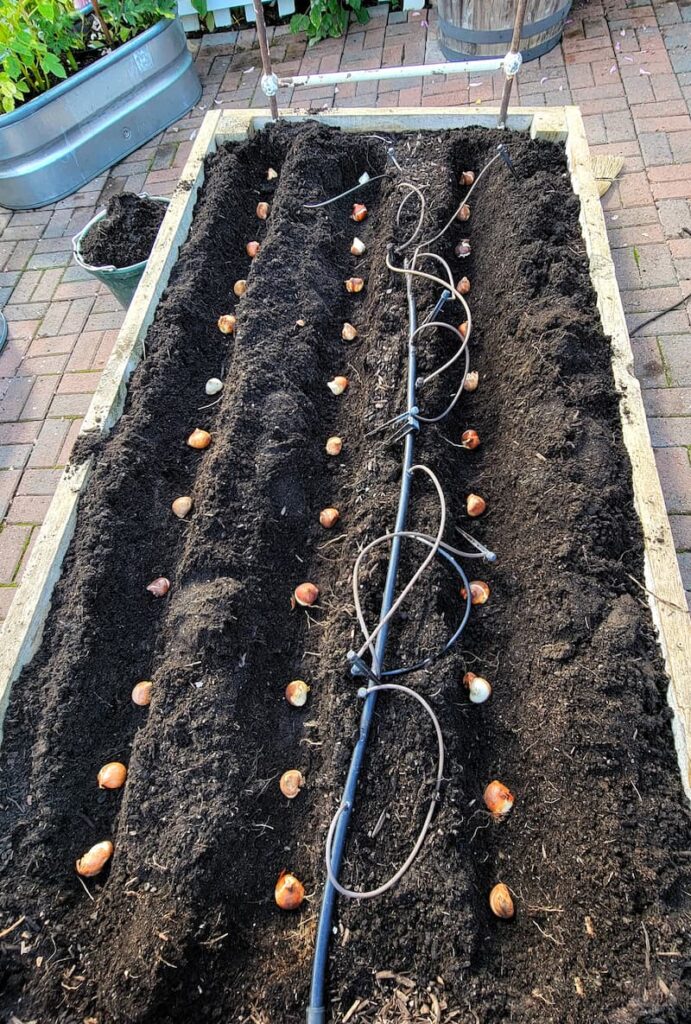
Should You Water Bulbs After Planting In the Fall?
Water your bulbs thoroughly after planting them. Giving your freshly planted bulbs a good soak will help to encourage the roots to establish more quickly.
Watering will also eliminate air pockets in the soil that could cause your bulbs to dry out.
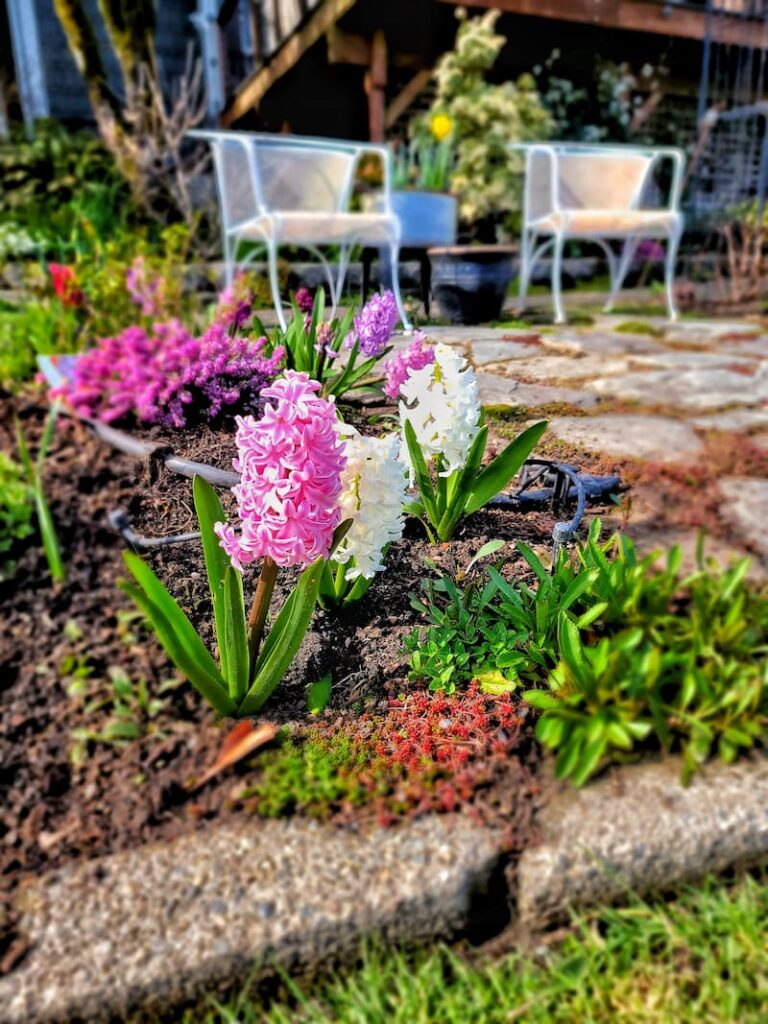
Advanced Planning Will Make All the Difference
By planning your spring garden in advance you will extend the growing season.
Succession Planting for Continual Color
Plant a few varieties of flower bulbs this fall in your flower beds with different bloom times in your garden for lasting spring color.
By filling your garden with early, mid, and late spring blooming bulbs your spring garden will be a stunning show of color through the entire season without missing a beat.
Plan Your Garden By Flower Height
Try planting smaller flower bulbs in front of borders while planting taller flowers towards the back of the border.
Plan for about five bulbs per square foot. Provide an appropriate distance from established plants since bulbs will multiply.
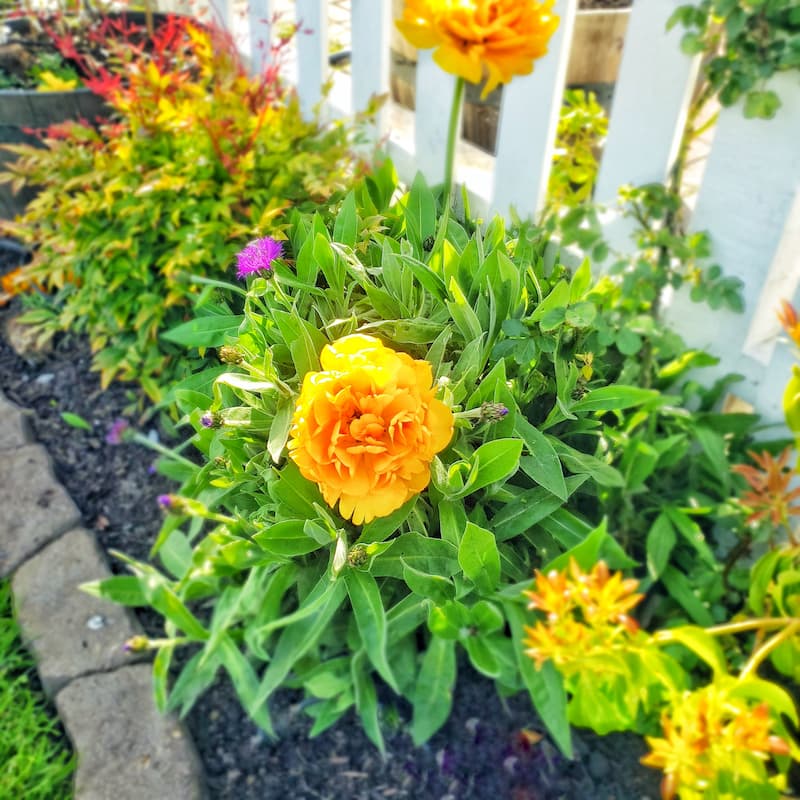
Wait to Fertilize Until Spring
The spring bulbs will have a dormant period for the remainder of the fall and cold winter seasons, so bulb fertilizer won’t be necessary.
Wait until you see the first shoots of spring which indicate the roots are growing and ready for nutrients. Make sure that you don’t fertilize after the bulbs start to flower because this will inhibit bulb growth.
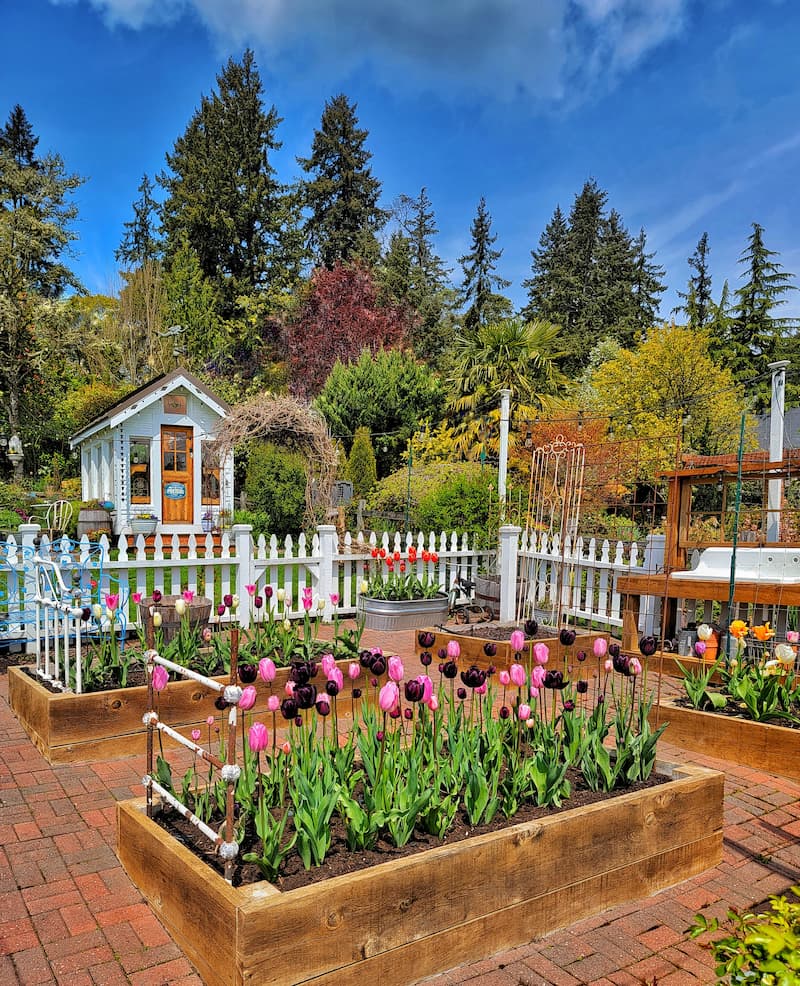
Common Questions About Planting Flower Bulbs in Fall
Should You Soak Bulbs Before Planting in the Fall?
Soaking bulbs before planting in the fall is not a common practice and is generally not necessary for most types of bulbs. However, there are a few exceptions where pre-soaking can be beneficial. Here’s some information on when you might consider soaking bulbs before planting:
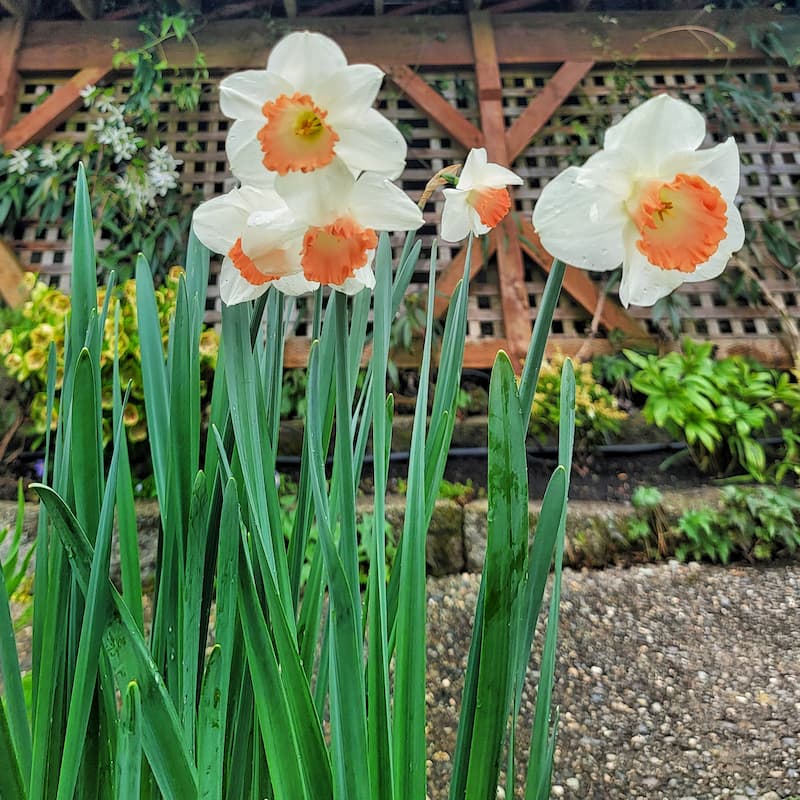
Do You Have to Refrigerate Bulbs Before Planting?
Refrigerating bulbs before planting is not a standard requirement for most common spring-flowering bulbs like tulips, daffodils, crocuses, hyacinths, and most varieties of lilies.
How Long Do Bulbs Stay Good Unplanted?
The length of time that bulbs can stay unplanted and remain viable can vary depending on the type of bulb, storage conditions, and the specific species or variety.
In general, most flower bulbs can be stored for several weeks to a few months without significant loss of viability, as long as you take proper storage precautions. Here are some guidelines for storing unplanted bulbs:

General Guideline for How Long Common Types of Bulbs Can Remain Unplanted
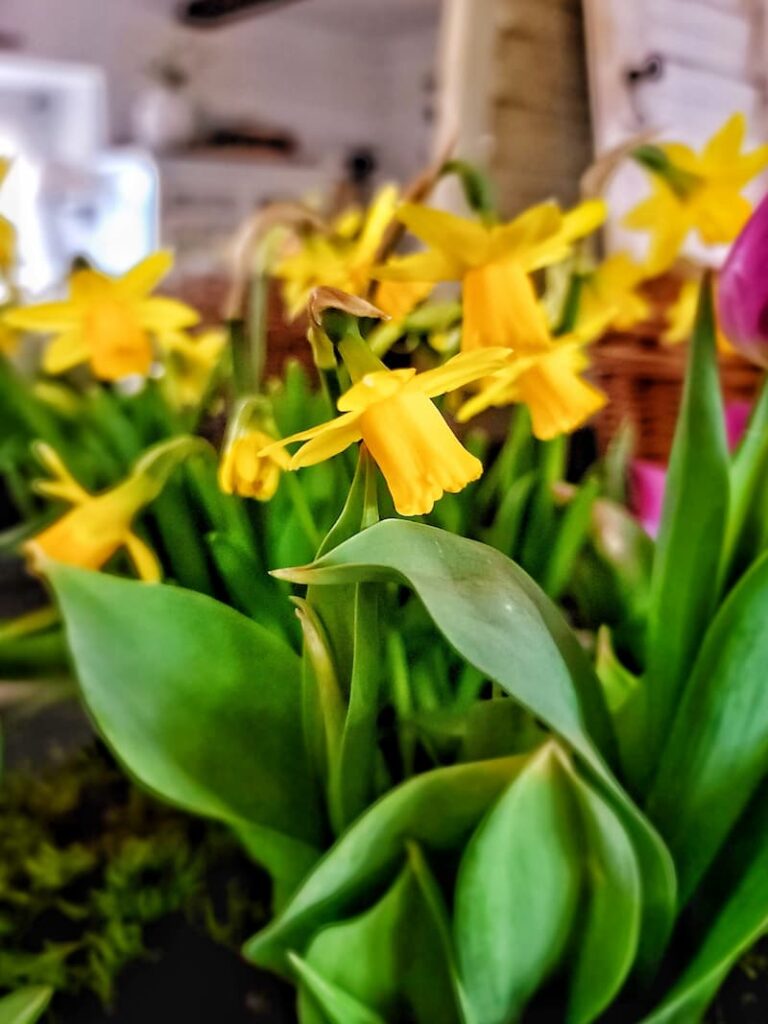
Where Do You Store Unplanted Bulbs?
When storing unplanted bulbs, it’s important to choose a suitable location that provides the right conditions to keep the bulbs viable until you’re ready to plant them. Here are some tips on where to store unplanted bulbs:
Cool, Dry, and Dark Location
The ideal storage location for bulbs is cool, dry, and dark. Aim for a temperature range of 40-50°F (4-10°C). This temperature range helps prevent the bulbs from sprouting prematurely.
Avoid areas with extreme temperature fluctuations.
Good Ventilation
Proper ventilation is essential to prevent moisture buildup and the development of mold or rot. Ensure there’s adequate airflow around the bulbs. Avoid storing bulbs in airtight containers or plastic bags.
Darkness
Exposure to light can cause bulbs to sprout prematurely. Keep bulbs in a dark location, such as a cool basement, garage, or closet. If your storage area has any windows, consider covering them to block out light.
Dry Environment
Bulbs can rot if they are exposed to excess moisture. Ensure that the storage area is dry and doesn’t have high humidity levels. Avoid storing bulbs in areas prone to leaks or dampness.

Proper Containers
You can store bulbs in open containers like cardboard boxes, mesh bags, or paper bags. These containers allow for air circulation. Avoid using plastic bags or containers, as they can trap moisture.
Labeling
If you have multiple types of bulbs in storage, label them clearly. Include information about the bulb variety, color, and planting depth to avoid confusion when it’s time to plant.
Check Periodically
Periodically check on the stored bulbs to ensure they are not drying out or showing signs of rot.
If you notice any bulbs that are shriveled, moldy, or damaged, remove them from storage to prevent them from affecting the others.
Protection from Freezing
If you live in an area with freezing temperatures, make sure the storage area does not get too cold, as prolonged exposure to freezing temperatures can damage some bulbs.
Insulate the bulbs or move them to a slightly warmer location if necessary.
Rodent and Pest Control
Ensure that the storage area is free from rodents or pests that might be attracted to the bulbs.

How Deep Do You Plant Bulbs?
The planting depth for bulbs can vary depending on the type of bulb and the specific recommendations for that species or variety. However, here are some general guidelines for planting common types of spring-flowering bulbs, such as tulips, daffodils, and crocuses.
Tulips
Plant tulip bulbs approximately 6 to 8 inches (15 to 20 centimeters) deep. Tulip bulbs should be planted with the pointed end facing upward.
Daffodils (Narcissus)
Daffodil bulbs are typically planted at a depth of 6 to 8 inches (15 to 20 centimeters) as well. Place them with the pointed end facing up.
Crocuses
Crocus bulbs are smaller, so they are typically planted at a shallower depth, around 3 to 4 inches (7.5 to 10 centimeters). Plant them with the pointed end facing up.
Hyacinths
Hyacinth bulbs are usually planted at a depth of 4 to 6 inches (10 to 15 centimeters). Like tulips and daffodils, plant them with the pointed end facing upward.
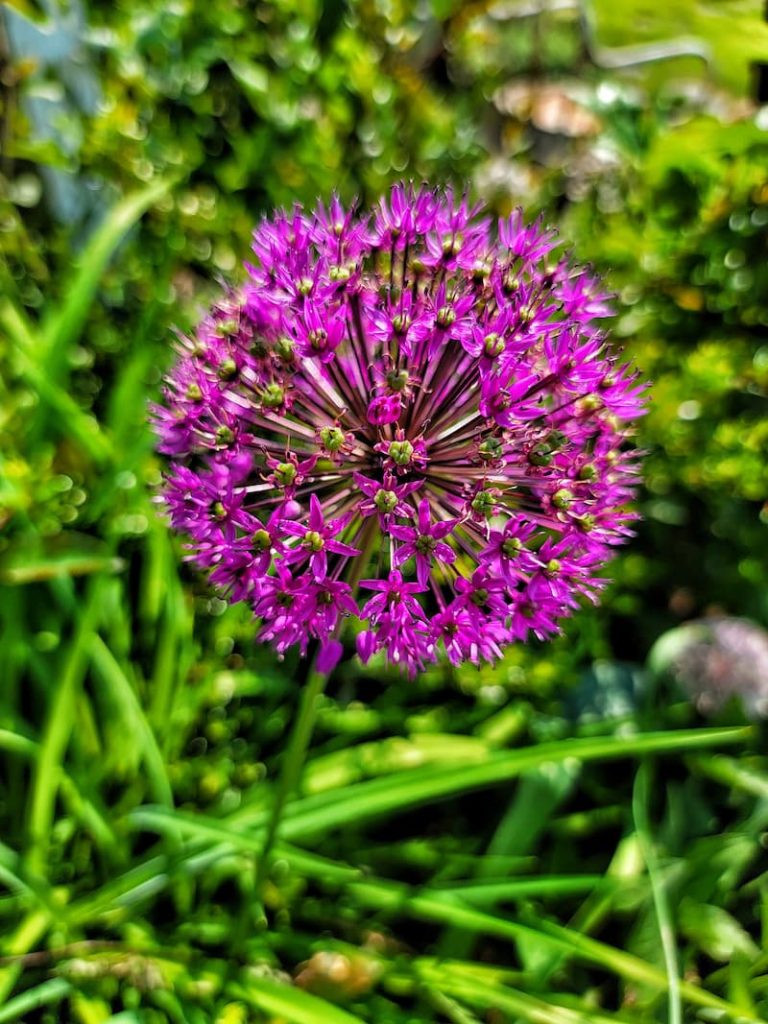
Alliums
Allium bulbs come in various sizes, but a general guideline is to plant them at a depth of 3 to 4 times the bulb’s diameter. For example, if the bulb is 1 inch in diameter, plant it 3 to 4 inches deep.
Crocus
Crocus bulbs are small and typically planted at a depth of 3 to 4 inches (7.5 to 10 centimeters).
Lilies
Lily bulbs vary in size, so the planting depth depends on the specific variety. In general, plant lilies at a depth of 4 to 6 inches (10 to 15 centimeters).
It’s important to follow the recommended planting depth provided on the packaging or planting instructions that come with the bulbs you purchase, as planting depths can vary among different varieties and cultivars.
Planting at the correct depth ensures that the bulbs receive the right amount of insulation and protection from the elements while allowing them to grow properly.
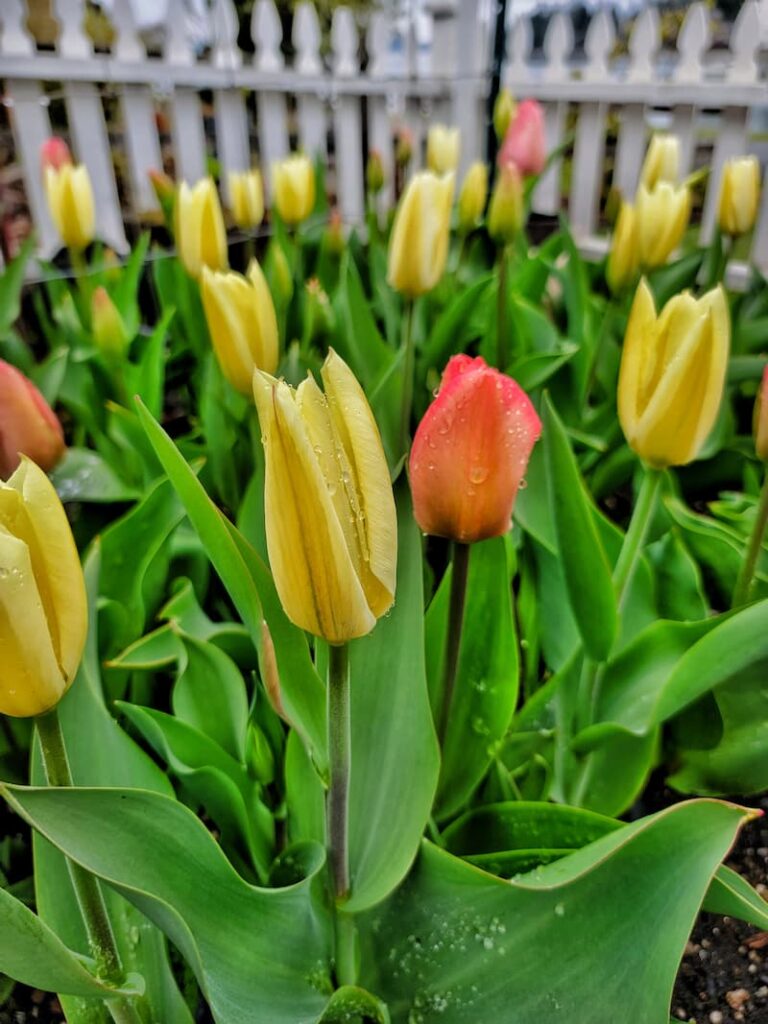
Set your garden up for success with bursts of color and beauty when spring arrives by planting flower bulbs in the fall. You’ll be so happy you laid the groundwork for stunning springtime blooms to enjoy next year.
If you have any questions or additional suggestions about fall-planted bulbs, feel free to share them in the comments below. And be sure to share this blog post link with anyone who may find these gardening tips useful.
Until next time.
Happy Gardening!

I’m a self-taught hobby gardener. Everything I share on my blog is my opinion and what has worked for me.
Other Posts About Spring Bulbs
Follow Me for More Inspiration
Shop my Amazon Storefront, LTK sources, and my favorite home decor, garden, and lifestyle products. When you purchase from one of my links, I earn a small commission, which helps me continue sharing all the content you expect on my blog.
Be sure to follow me on Pinterest, Instagram, Facebook, TikTok and LIKEtoKNOW.it. Do you like gardening? Join my Facebook Gardening Tips & Tricks group.



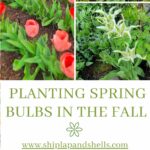

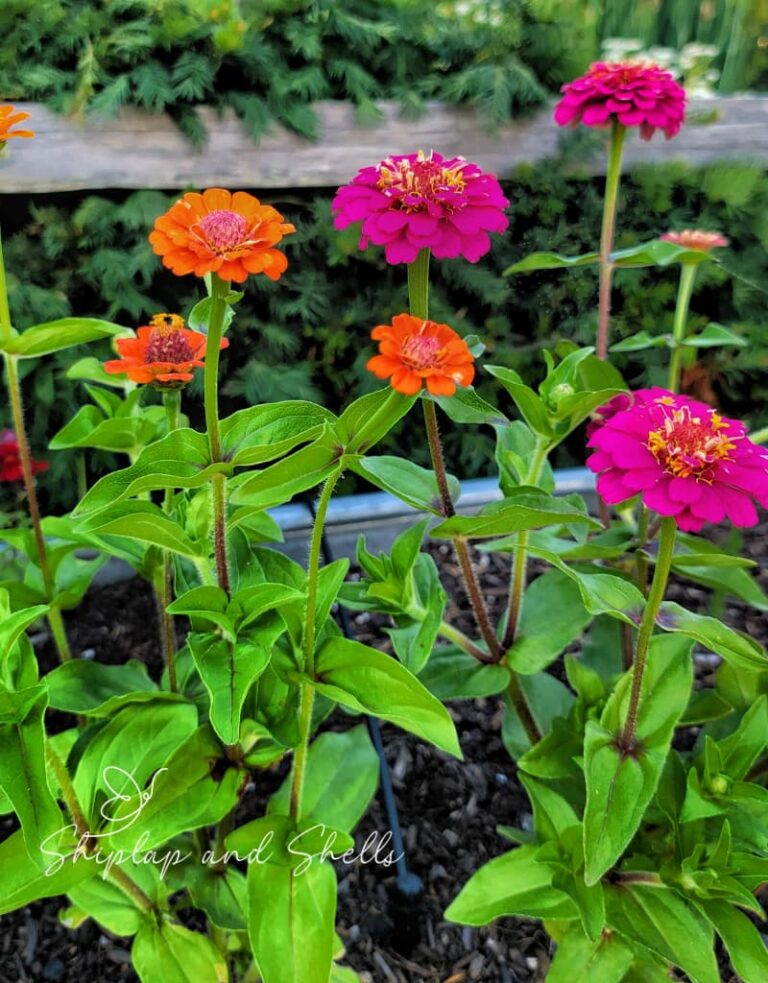
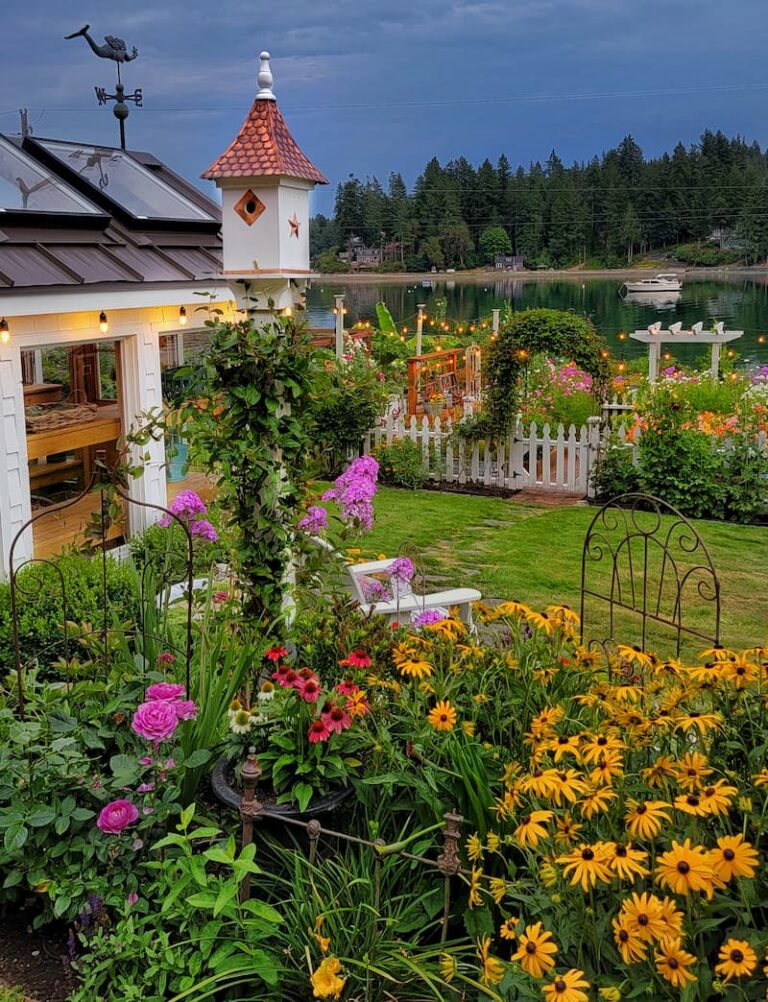
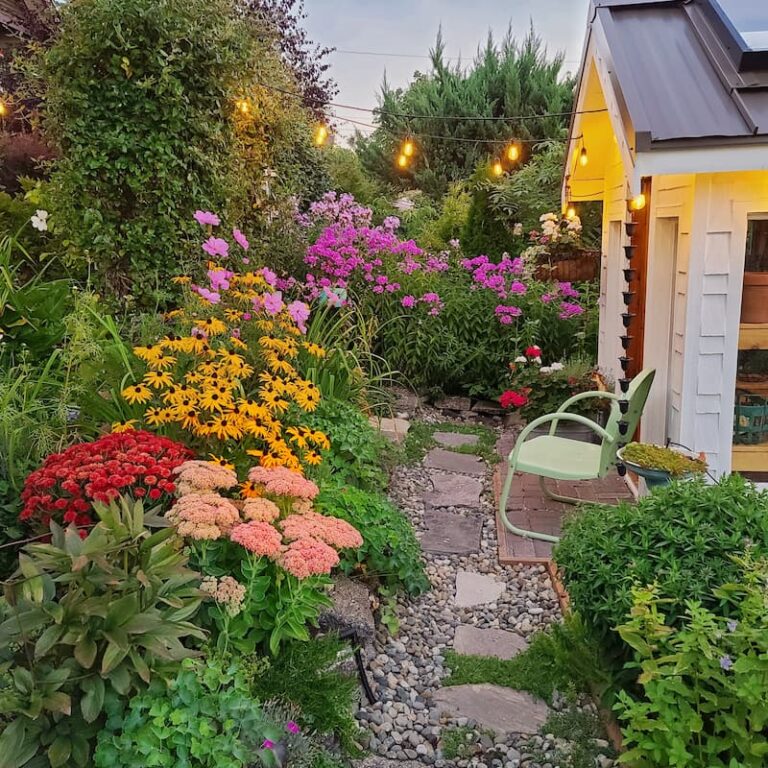
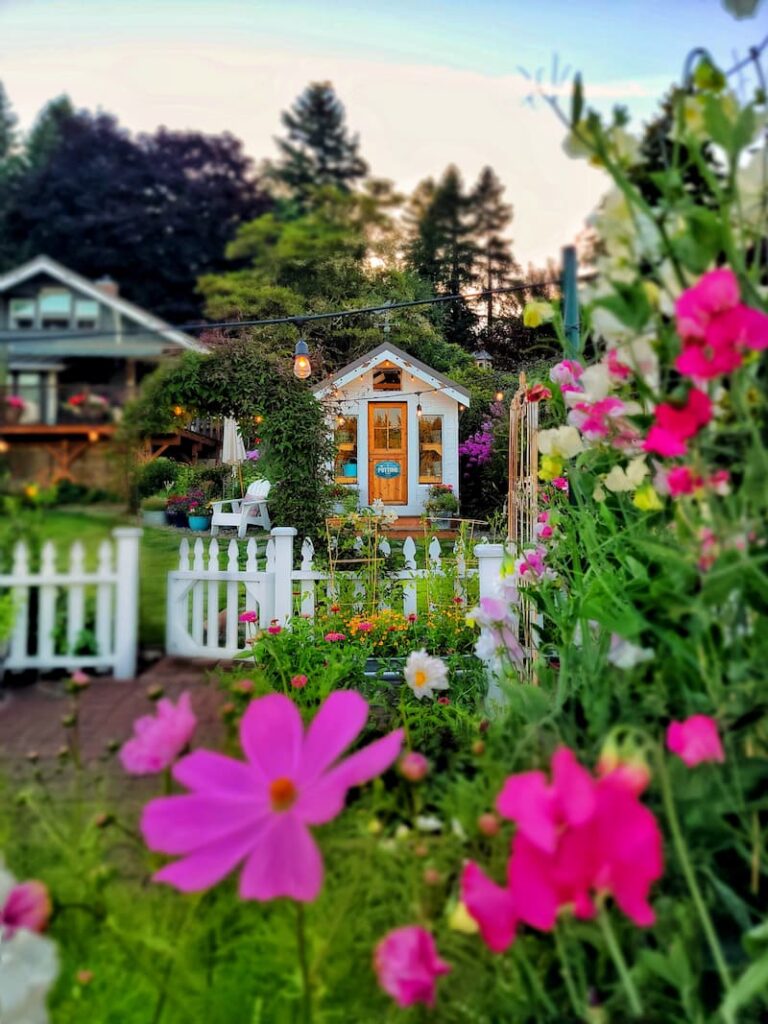
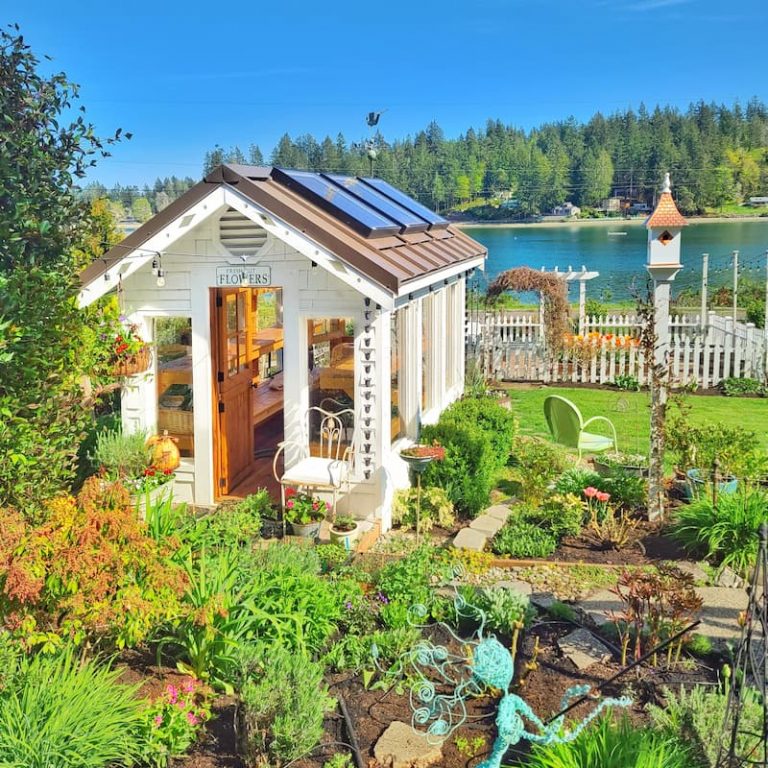
Wow great tips!
I absolutely LOVE your gardens! Thank you for the beauty you share—like a great artist! I can’t get enough of your plantings, color & creativity. You have a gift!
Thank you so much, Sandi. That is such a sweet thing to say and it really means a lot. Thank you for being here.
Kim, I’m going to include this post in a tulip post I’m sharing tomorrow morning. Your tulip beds are just amazing!
That’s so sweet of you. Thanks so much, Ann.
Kim, so many great tips I’m behind with fall gardening!
Thanks, Rachel. I’m behind on my fall planting too. I seriously don’t know where the time goes.
I was wanted to plant a lot of Spring bulbs this year for the first time, but won’t be able to since we are looking to move. You have such beautiful ones! I will be using your great tips when I do. thanks for sharing your knowledge!
Thanks so much, Melba. I hope you are able to plant spring bulbs on your new property next year.